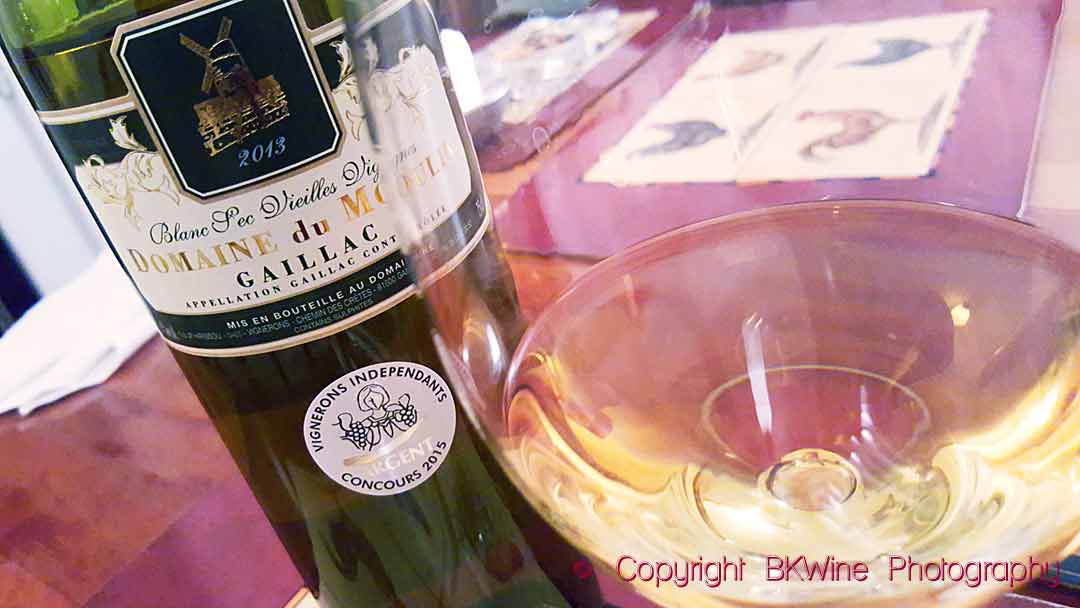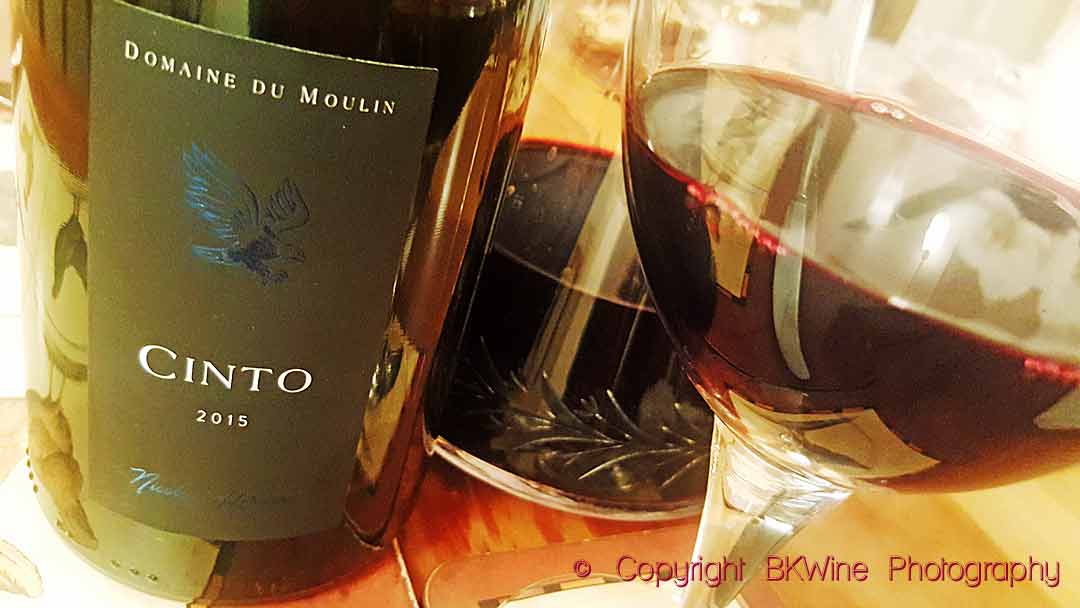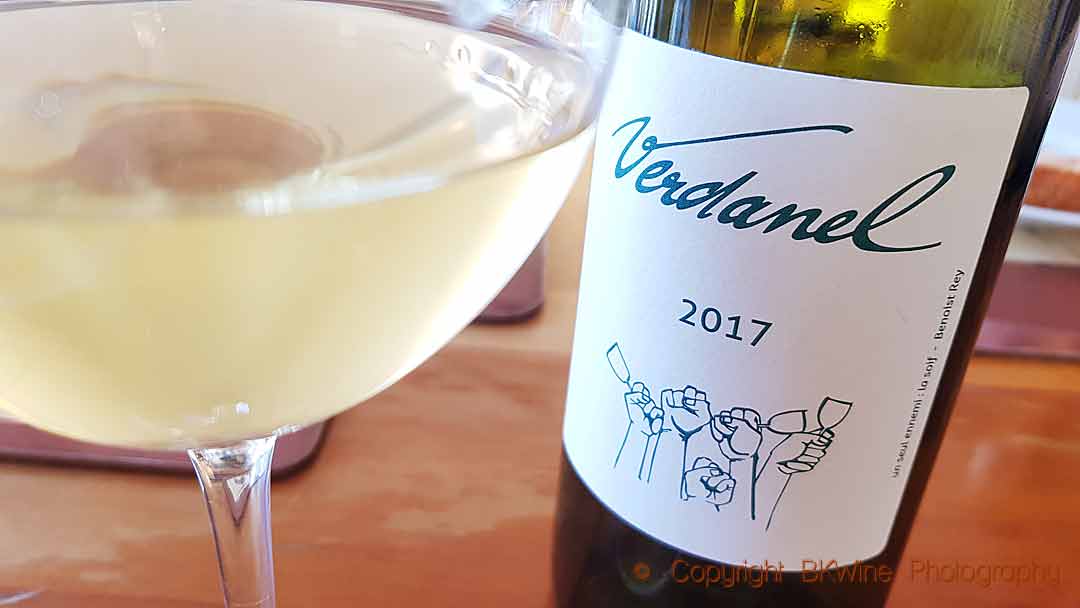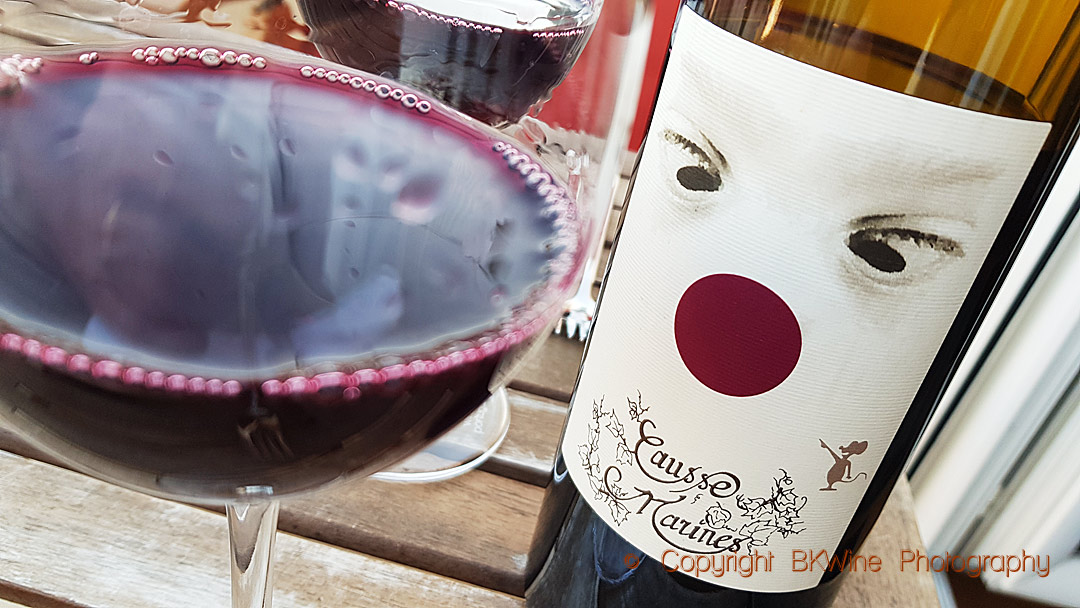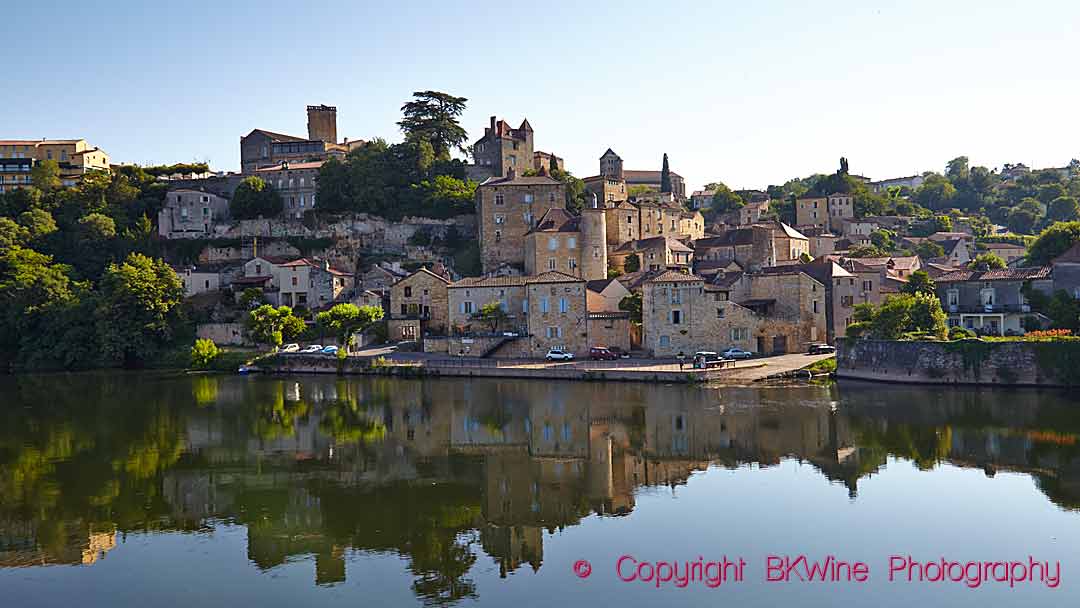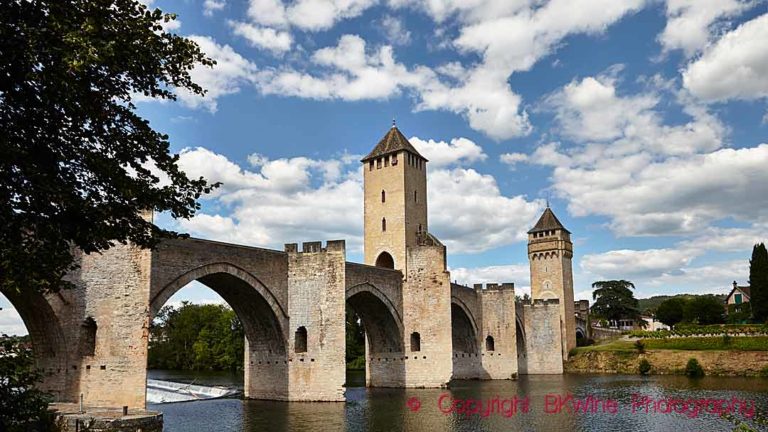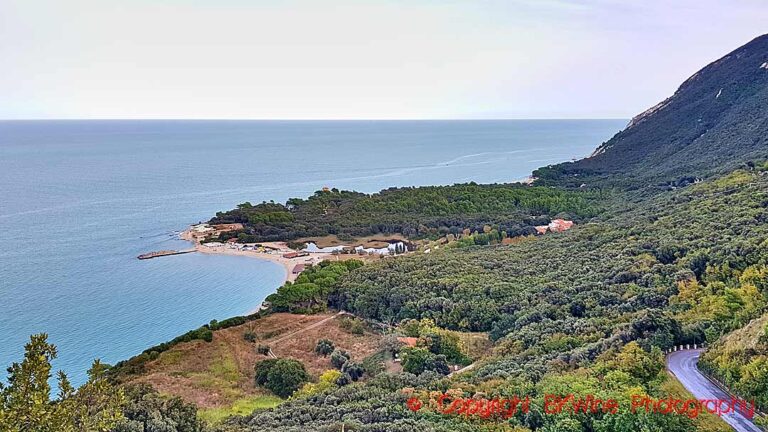The French South-West, Sud-Ouest
To hold on to one’s identity
If you look at wines from the so-called New World, you can easily get the impression that there are no other grape varieties than chardonnay, sauvignon blanc and cabernet sauvignon. Of course, there is nothing wrong with these grapes. Still, I would also like to promote lesser-known grape varieties and strike a blow for the regions that make an effort to preserve traditional grape varieties and that a classic regional character of the wines is maintained.
The appellation rules have, of course, a role to play here, but many winegrowers also believe that if small wine districts are to survive, it is essential to be able to show a distinct regional style. But the wines should also appeal to consumers, and what do people really want? Streamlined, easy-drinking chardonnay wines without any surprises or personal wines that may require a little getting used to? Something to think about then, for the winemaker and the consumer.
Diversity of grapes
Few districts in France can showcase so many “own” and “unique” grape varieties as the southwestern part of France, le Sud-Ouest. Grapes such as mauzac, malbec, tannat, braucol and petit manseng make their mark on the wines. But since it is allowed to blend with mainly Bordeaux grapes, it is still up to the winemaker to decide what type of wine he wants to make.
So let us take a closer look at some of these not so well-known but very exciting wine regions, and wines, that we can find in France’s South-West.
Gaillac
In Gaillac near Toulouse, they are something of a specialist in unusual grape varieties, largely unknown outside their own district. Duras and braucol are the most commonly used for red wines, and mauzac and len de l’elh (loin de l’oeil) for the whites give the Gaillac wines their unique character. But the dilemma here, as in the rest of the South-West, is that the wines that are easiest to sell are those that resemble a Bordeaux. The typical Gaillac style is more unique and challenging to sell. Therefore, the question is whether to give in to the market or “force” people to get used to the regional typicity.
Gaillac received its appellation contrôlée (now protégée) in 1970, and since then, more and more winegrowers have started bottling their own wines. But, of course, there are still many small wine producers here who support themselves not only on wine and still a large part of the production goes through the two cooperatives. But today, 120 producers bottle their wines themselves, compared to 90 20 years ago and only 10 in 1970.
Gaillac has 3,150 hectares in AOP, but it also has a large production of IGP (indication géographique protégée, formerly called vin de pays).
White grape varieties in Gaillac
Mauzac blanc is the most widely grown grape, closely followed by loin de l’oeil (len de l’elh). Together they make up almost two-thirds of the area. Sauvignon blanc is also popular, the third most cultivated, but it has lost some ground. Finally, there is also the muscadelle known from Bordeaux and the local old grape ondenc.
Mauzac is an aromatic grape with hints of apples, and its crunchy, green character and high acidity make it a perfect base for sparkling wines. In Gaillac, it is used for both sparkling wines and still wines. It can also be found in Limoux, which is not far away even though it belongs to the Languedoc.
Len de L’elh must be included in white Gaillac wines to at least 15%. The grape has a high alcohol content and sometimes lacks acidity, which means that it can be a good idea to blend it with a bit of sauvignon blanc, which is also common. Len de l’elh is a local dialect and means “loin de l’oeil” (far from the eye). However, the origin of this particular name is unclear.
Most of the white wine is dry (55%), but they make a panoply of different wines, including sweet and sparkling.
These three wines shown above were made by one of Gaillac’s producers who are trying to push the fame of the region forward. Domaine du Moulin makes both red, white and sparkling. Read more on this producer in these two articles: Red wine without malo from Gaillac – a challenging taste and the follow-up article here Domaine du Moulin, Gaillac Cuvée Speciale 2015 – now with malolactic fermentation.
Read our tasting comments on Cinto here: Uncorked: Good wines we have tasted recently, May 2018.
Red grape varieties in Gaillac
Duras and braucol are the most common for red wines. But these are closely followed by syrah and gamay. Together, these account for almost 75% of the plantations. You also have a lot of merlot, cabernet sauvignon and cabernet franc, and an old local grape called prunelart.
Braucol is the most planted on 22% of the acreage. In some parts of the South-West, it is called fer servadou. It is a grape of good quality and good structure that can be drunk young but also aged.
Duras (which should not be confused with the Côtes de Duras district) is planted on 17% and is also of good quality but a bit awkward in that it buds early and thus easily suffers from spring frost. In addition, it is often attacked by rot.
Robert Plageoles, a pioneer
One of the leading proponents of the traditional Gaillac grapes is Robert Plageoles, a figurehead today in Gaillac. He uses 100% mauzac for several of his white wines, and one of his red wines is 100% duras.
One of Plageoles’ more original mauzac wines is a wine that, after fermentation, is left for seven years in open barrels and develops a thin white cover on the surface, created by a type of yeast, that prevents the wine from oxidizing. In the past, it was quite common to make this type of wine in Gaillac. Plageoles calls his wine “vin de voile”, a wine with a veil (the French word for the coating is voile). Like a “vin jaune” from Jura or a dry sherry, which is created in a similar way, this “vin de voile” has a very dry and nutty character that is best suited for aperitifs. Or cheese.
Read our tasting comments on this wine here: Uncorked: Good wines we have tasted recently, June 2020.
Plageoles’ favourite grape is, without a doubt, mauzac, but another white grape he has taken under his wings is the almost extinct ondenc. For his most exclusive wine, the sweet “vin d’autan”, he uses 100% ondenc and lets the grapes get very ripe until mid or late November. Then comes the dry, sirocco-like wind called “vent d’autan”. The wind dries out the grapes and concentrates the sweetness, which results in extremely low yields, no more than 6 hectolitres/hectare in some years. It is a fantastic wine, aromatic, honey-like and floral, and with a touch of citrus that makes it feel very fresh despite the heavy texture.
Here is an interview with Bernard Plageoles that we did quite a few years ago:
Read our tasting comments on this wine here: Uncorked: Good wines we have tasted recently, July 2019.
Fronton
Right next to Gaillac, we find the neighbouring Fronton. It is, to say the least, a little known appellation but one which has its own unique character that makes it well worth discovering. It is not far from Toulouse, famous for Toulouse Lautrec (actually born in Albi, a bit to the north) and for being one of France’s high-tech hubs.
But what makes Fronton particularly memorable and something to look for for the curious is the grape variety. They have their very own grape called négrette. It is a red grape; they only make red wines (mainly) and rosé. It has a unique character that is reminiscent of lingonberries and fresh sour (but ripe) cherries. Red fruits and red berries, but with a freshness and a certain astringency that makes it different from the wines that have the sweeter style of raspberries and strawberries. The wines are often relatively light in style with a certain elegance.
Négrette must be included at least 50% in the vineyard. In the wine, the minimum is 40%, but it is not uncommon, on the contrary, it is very common to have more than that in the wine. 100% négrette is allowed. You can supplement négrette with cabernet franc, cabernet sauvignon, cinsaut, cot (malbec), fer (fer servadou), gamay, mérille and syrah. They do not make white wine.
Fronton extends over 2000 hectares. It received its appellation in 1975, and there are around 60 producers.
For those who like fresh and elegant wines with not too heavy a body and not too much tannin but still with a certain well-defined acidity, it is a wine that is definitely worth discovering.
Picture: Note that “folle noire” is also the name of a (very rare) grape variety, also called jurançon noir, vidella etc., grown in the Sud-Ouest. But this wine from Le Roc is indeed négrette from Fronton.
Read our tasting comments on this wine here: Uncorked: Good wines we have tasted recently, October 2020.
Cahors
In Cahors, they have chosen to keep their traditional malbec grape. When its appellation contrôlée status was granted in 1971, cabernet sauvignon was banned from authorized grape varieties in order not to become a satellite to Bordeaux (100 km away). Malbec is also known as côt and is sometimes also known locally as auxerrois. It must be included at least 70%. It can be supplemented with merlot and tannat. In the past, they also had two unusual grapes that went by the names jurançon noir and mérille. Today, around 4,000 hectares have been planted.
Malbec can give a powerful wine with dark colour. In the past, they talked about the “black” wine from Cahors. Some growers now make this traditional type of Cahors again, which was actually made with partially dried grapes.
But unfortunately, the epithet “the black wine from Cahors” has not done them much good. Not only is it based on a misunderstanding (it refers to the wine made in a particular way), but it has also given the wines from here a reputation for being extremely harsh and powerful and in need of decades in the cellar before drinking, a reputation that scares away the consumer more than it attracts. And the wines from here are not like that at all.
Many producers add a bit of merlot, which means that there are different styles of Cahors, some lighter for quick consumption, some powerful and a bit tannic. As a result, there is a wide range of different types of wines, ranging from very high-quality and ambitious wines to light and refreshing summer wines.
Today, malbec is probably better known as the national grape in Argentina, where it is one of the most planted grapes. “Malbec from Argentina” has been an enormous success, not least in the United States, so that Cahors today sometimes markets itself as “the Original Malbec”. Comparing the two styles is fascinating. The wines from Cahors are usually more structured with more tannin and austerity, and the wines from Argentina have more ripe fruit. But there are plenty of exceptions in both directions.
The entire wine district winds its way through lovely scenery along the Lot River. There are many exciting and high-quality producers to look for here.
For some strange reason, Cahors has lent its name to a type of fortified wine produced in Moldova and Romania. Today they can no longer be sold as Cahors but are called pastoral.
Read our tasting comments on this wine here: Uncorked: Good wines we have tasted recently, December 2020.
Madiran
A bit further south, if we go down through Armagnac, we come to Madiran, an old wine region that got its AOC / AOP as early as 1942. But in reality, it was not until the 80’s that any significant volumes of wine began to be produced in Madiran.
Madiran’s own grape is called tannat. It is powerful and rich in tannins with lots of black currants and blackberries. It is sometimes softened with oak ageing or with other grapes such as cabernet franc or cabernet sauvignon. According to AOP rules, either of these or both together must be included at least to 40% in a Madiran wine. However, the regulations do not say that the proportions must be so in the bottle, they apply to the vineyard, so you may well find a Madiran wine with 100% tannat. In addition to these three grapes, the traditional fer servadou (braucol) is also used.
A producer who is both famous and fond of making pure tannat wines is Alain Brumont at Domaine Bouscassé and Château Montus. He does not hide his opinion that the appellation rules should be changed to only allow tannat. However, his views are not always popular with the smaller growers. They want to preserve Madiran’s robust and rustic character but need to make wines that can be marketed early in order to survive financially.
But today, Madiran is not as rustic as it may have been before. Technology and knowledge have progressed, and producers are better at mastering the power of tannat. But yes, a madiran is a perfect complement to a good piece of meat with sauce béarnaise. We are, after all, in the French region called Béarn. (Although some claim that the sauce does not come from here at all.)
By the way, Béarn has its very own appellation too. The ~260 ha of AOP Bearn can be red, white or rosé. There are some 35 producers. The white is made from gros manseng, petit manseng, raffiat de moncade, camaralet de lasseube , courbu, lauzet, petit courbu , sauvignon blanc. The red wines come from cabernet franc (“bouchy”), cabernet-sauvignon, tannat, courbu noir, fer (fer servadou, “pinenc”) and manseng noir. There you have a few more to add to your collection of unusual grape varieties.
Read our tasting comments on this wine here: Uncorked: Good wines we have tasted recently, December 2020.
Alain Brumont is legendary for the work he has done to promote the wines of this small district to wine lovers in other countries. Without him, many would probably not have heard of Madiran. But today, many other winemakers also make excellent Madiran at very reasonable prices. Sometimes they are oak-aged, especially the more ambitious cuvées, but great emphasis is also placed on maintaining the good, fresh fruit.
The main grape tannat has also made a name for itself as the national grape in Uruguay, which has even taken the name Tannat Land.
The Madiran district is relatively small, with only around 1300 hectares and some fifty producers.
Pacherenc de Vic Bihl, Madiran’s white wine
A Madiran wine is always red. But there are also white grapes, which, on top of it, are capable of producing absolutely brilliant wines: petit manseng, gros manseng and petit courbu. When the wine is white, the appellation is the peculiarly named Pacherenc du Vic-Bilh. Vic-Bilh is an old name for the region, and pacherenc means vine stakes in rows in the local patois. The three grapes can be supplemented with the old local grape arrufiac and with sauvignon blanc.
Here you have a particular climate with a very warm and pleasant after-season, which means that the grapes can be picked very ripe, sometimes as late as November or December. Therefore, the wines vary from dry and semi-dry to very sweet. You can actually harvest from the same grapevines but on different occasions.
Pacherenc du Vic-Bilh is, above all, a fantastic sweet wine, made from late-harvested grapes (usually not with noble rot), very aromatic and very fresh thanks to its high acidity.
There is also an incredibly delicious dry variant, powerful, fresh and aromatic. If it is dry, it must say “sec” on the label.
Petit manseng is the top-quality grape that is mainly used for the sweet wines. It has particularly thick skin and can therefore remain on the vine for a long time, sometimes into December, without being attacked by rot. The wines are reminiscent of pineapple, grapefruit, roasted coffee, mango, elderflower, mint…
Petit and Gros Manseng are also used in Jurançon.
Read our tasting comments on this wine here: Uncorked: Good wines we have tasted recently, December 2020.
Jurançon
The next stop on our journey south towards the Pyrenees will be Jurançon. Maybe we’ll make a stop in Pau, Marshal Bernadotte’s home-town, before he was imported to Sweden and became king. Or, for the religious, a stop in Lourdes, one of France’s most visited sites, a place of pilgrimage that receives 5 million pilgrims each year (a young girl received a revelation there in 1858).
Jurançon extends over the slopes that make up the foothills of the Pyrenees. It is a beautiful, not to say spectacular landscape, with vineyards on steep slopes. Why it is not better known is a mystery. But there may be an explanation – it is not very big. And much of the wine that they make is sweet.
Jurançon is always white, but it can be both sweet and dry. It is one of France’s and the world’s great but undiscovered white wines. The sweet ones can be truly magnificent. They are made from late-harvested grapes and become intensely aromatic with exotic fruits, honey and much more.
Read our tasting comments on this wine here: Uncorked: Good wines we have tasted recently, December 2020.
But it is the dry ones that are perhaps most remarkable. They are usually powerful and intense and with a wonderful acidity that gives them life and volume. Some people talk about “vibrant” acidity when describing various wines, and I am never quite sure what that means. But maybe this is it. It often has the character of ripe but very fresh and juicy ripe apples. It is a unique combination of power and freshness. You can perhaps compare them with chenin blanc, but with body and mouthfeel that is entirely different—a wine to discover.
The dry whites must say “Jurançon sec” on the label.
Both the dry and the sweet ones are made mainly from gros manseng and petit manseng. These two must be included in the wine with at least 50%. There are many similarities with Pacherenc du Vic-Bilh. You can also use courbu, camaralet and lauzet, three traditional grape varieties. Very little remains of the last two.
Jurançon stretches over 1300 hectares, climbing up the mountain slopes. However, the altitude is not exceptional. Even if it is mountainous, you stay at around 300 m.
Read our tasting comments on this wine here: Uncorked: Good wines we have tasted recently, October 2020.
Irouléguy, in the border country
In the very far south, we find Irouléguy just before reaching the border with Spain. We are now only ten kilometres from the border and reaching some 1000 meters above sea level even though the vineyards mostly stay down at between 200 m and 400 m. But we are really up among the mountains. Magnificent and majestic.
Irouléguy is probably one of the least known appellations in France and one of the geographically smallest (apart from oddities like the Burgundy grand crus). It has only 240 hectares, which twelve producers share. They were awarded their appellation in 1970, so recently celebrated 50 years.
Around 70% of the production is red wine. The main grape is tannat; 85% of the area is planted with it. It can be supplemented with cabernet franc and cabernet sauvignon. So there are some parallels with Madiran, a bit to the north. The wines are pretty powerful with plenty of tannins and colour, sometimes a little country-style robust. Like the landscape.
Also, for the white wine, they share the grapes with Madiran / Pacherenc de Vic-Bilh: gros manseng, petit manseng and a little petit courbu. But only 15% of production is white.
There is also a tradition of making eau de vie on various fruits.
Once you have passed Irouléguy, you are in Spain, but that is a different story.
Read more about unusual grape varieties in this article: Unusual grape varieties, for the adventurous wine-lover | Britt on Forbes.




